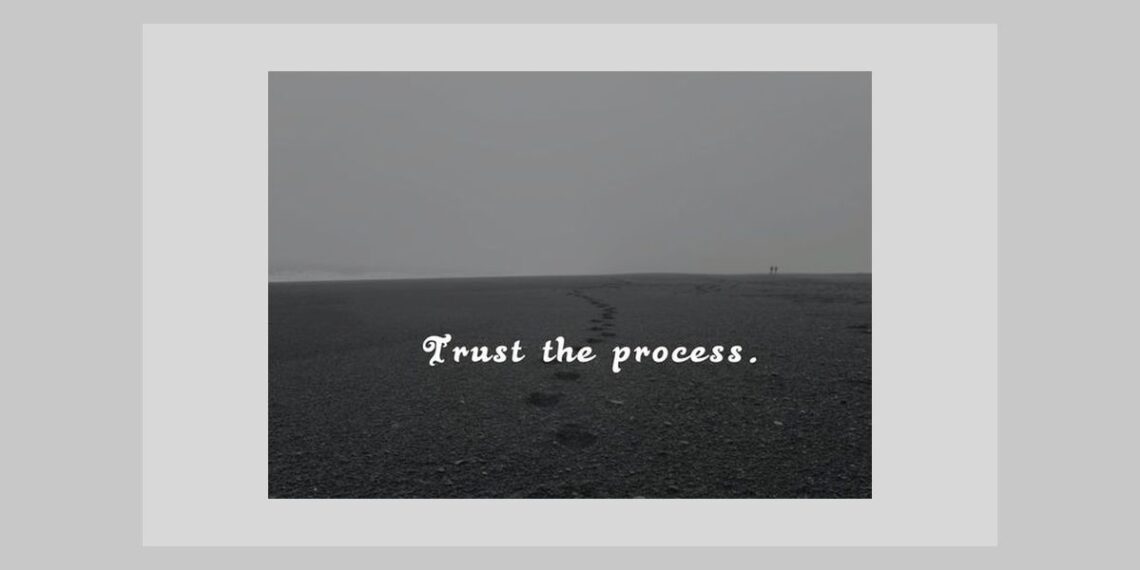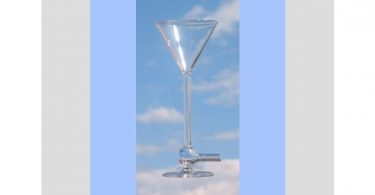The inquisitiveness of the beginner’s mind, the curiosity of a child and the excitement of a learner creates a “Magic in the Basic” connecting everybody to the flow of knowledge in the universe of Homeopathy…
This was the vision with which the “Magic of Basic” Season 4 commenced with its 1st session at the very beautiful as always Manas Mandir in Shahpur, India near Mumbai. It was attended by 97 homeopaths from 14 cities (Mumbai, Pune, Nashik, Sangli, Sindgudurg, Belgum, Kolhapur, Ahmednagar, Ahemdabad, Bhavnagar, Anand, Rajkot, Chennai, Trichy) across all over India; It was a 2 day seminar by Dr. Dinesh Chauhan conducted by Athato Brahma Jigyasa, a student friendly organization created by Drs. Urvi and Dinesh Chauhan.
The first session included the introduction and the understanding of the basic 3steps in the case witnessing process backed up by cases and discussion, followed by a fun-filled activity for all to get the live experience of the theory being studied during the workshop.
As always the session began with the Doubts and the Difficulties faced by the students in their practice during case taking and also in their conceptual understanding from Homoeopathic case taking point of view.
-
Through the discussion an important point came up is why we observe discrepancy between 2 homeopaths, usually they come to different remedies in the same patient, where is the science then? Can we have such a method of case taking wherein it gives us consistency, assurance of result and where every Homeopath comes to a common understanding of the centre of the patient?
-
Questions right from why the case taking should be “case witnessing” to the methods for appropriate search for the similimum were discussed.
-
We know a very old and true saying “all roads lead to Rome” Dr. Dinesh explained the basic 3 steps of Passive, Active, Active-active case witnessing process, giving explicit examples from nature and realm of physics, psychology and philosophy proving the universality of the 3 steps to any phenomenon in nature, and applying it to the Homeopathic case taking.
-
The Passive case witnessing process is the process where a lot of space is given to the patient, it is open ended, where scientific effort is put, the patient is allowed to touch any area of his life giving him free floating attention, that which is the out of place, out of proportion, out of order is noted and all the PQRS symptoms at the physical particular, physical general, mental general level and holistic level are noted. All the isolated fragmented non connected data is obtained. The main aim of the passive part of the case witnessing process to find a common focus out of all these peculiar expressions. In the Active case witnessing process the focus is confirmed noting all the changes in the patient while travelling into the next step, the isolated fragmented expressions starts getting connected with definite alignment of the mind and the body. The Active-Active case witnessing process which is the realm of complete non-human process wherein the kingdom, sub-kingdom, miasm, source is revealed and we come to the similimum. This process is where the process becomes effortless and everything starts getting connected.
-
With these 3 steps for the case witnessing process Dr. Dinesh Chauhan demonstrated how all methodologies to come to the similimum are one and the same, all schools of thoughts unite at this common point of searching the individualistic expression at the holistic level for entering the patients centre. And also showed us the connection between the contemporary and the traditional methods in homeopathy and proved that contemporary is just the extension of the traditional, it doesn’t discard the traditional rather the understanding advances…
-
At the holistic level the repertory and materia medica are connected, the rubric searched should be at this holistic level. The cure also takes place at this holistic level. Hence at the holistic level we see the PQRS at all levels along with reaction and the miasm of the patient. Even in the follow ups improvement takes place at the holistic level.
-
Every step was explained in detail with the importance other points like: observing the Hand Gestures, the defenses thrown by the patient, the eye movements etc.etc.
-
The theoretical part of 3steps was backed up by the practical application of this process in cases. In the case of Picric Acid with the 3steps systematically through the Passive, Active and active-active the centre of the patient was reached and understanding his individualistic holistic experience of “putting effort to stretching the mind beyond its capacity leading to its bad effect on the body causing physical fatigue” was elicited as the focus of the case which was observed in the different unconnected areas. After understanding the main core of the patient the theme of acids came up and various acid remedies were differentiated like difference of exhaustion between sulphuric acid which has aimless activity the rubric is buffoonery, muriatic acid only has physical exhaustion, phosphoric acid exhaustion due to emotional disappointment, whereas Picric Acid there is both physical and mental exhaustion.
-
In the next case, a case of Cysticercosis (SOL in the frontal lobe) of a girl aged 8 was shown. A different approach to the case was taught through this case; the girl was observed to be loquacious and spoke extensively about trivial issues of her life which proved to be the real unique feature about the child because for any questions that were being asked to her, her answer would reflect this UNIQUE PATTERN. The Passive phase of case really helped to understand this unique pattern of the child (to talk extensively about trivial matter). The understanding of the centre was confirmed even by the mother’s observation of the child and her History during pregnancy. Students were explained as to how to come at various rubrics with minimum interpretation and to take those rubrics related to the holistic centre rather than those relating to the peripheral symptoms. Various remedies such as Paris Quadrifolia, Mephitis, Teucrium, Agaricus, Solanacae family drugs, etc. etc. were differentiated from the simillimum (Lachesis) the child needed.
-
The different concepts of how to know the case is complete, that is, the connection of the sensation with the chief complaint, the rubrics join with the physical particular and generals, the whole non-human pattern joins to all other PQRS in the case etc. were explained in detail.
-
Importance of mother’s history during pregnancy and important points for children cases were discussed. For children cases where there is presence of lack of communication, how the physicians observations, the connection of the observation with the parents history during and after pregnancy, etc. etc. come to aid were discussed.
-
Dr. Dinesh also gave certain tips to be followed in practice during cases. Dividing the interview in 3 parts, after each part asking the patient to wait and making note of whatever we have got from the patient up untill now and what else is missing in the case and accordingly trying and completing the case.
The session was followed by a fun-filled activity created by Dr. Urvi Chauhan with support of abjf team- “trust the process, it happens”; the motive was to bring alive the benefit offered by three steps of case witnessing by letting them experience the taste of it-there and there; the entire group was divided into small different groups and everyone was provided with handmade paper folders to make a spontaneous drawing; at the end of this fun game, each participants had a tummy-filled hilarious moments, heartfelt experience for which the entire activity was designed and a memorable gift (hand-painted folder) to be packed and carried back at home!
Thus, the whole session concluded with a beautiful insight into the fundamentals of the case witnessing process giving all the participants a contemporary perspective that encompassed the link between the contemporary and the traditional methods in homeopathy and their presence as a beautiful necklace of beads running through a single common thread. The workshop ended with the promise to continue with the advance study in the case witnessing process to tackle the difficult cases from the practice, to follow the therapeutic effect of case witnessing for the patients and the healer alike for the next ABJF sessions (recent most being December 2012.).






DEAR DR,
YOU ARE CORRECT THAT FOR HOLISTIC TREATMENT IT IS NECESSARY TO TAKE TOTALITY OF SYMPTOMS. WE SHOULD USE CASE TAKING PRINTED FORM SO THAT MAXIMUM SYMPTOMS ARE TAKEN CARE OF. IN CASE WE WANT TO GET SOME SPECIAL INFORMATION WE MAY TAKE IT AND INCLUDE IN THIS FORM OR WE CAN DEVICE OUR OWN FORM FOR THE PURPOSE
THANKS & REGARDS
DR SHEKHAR